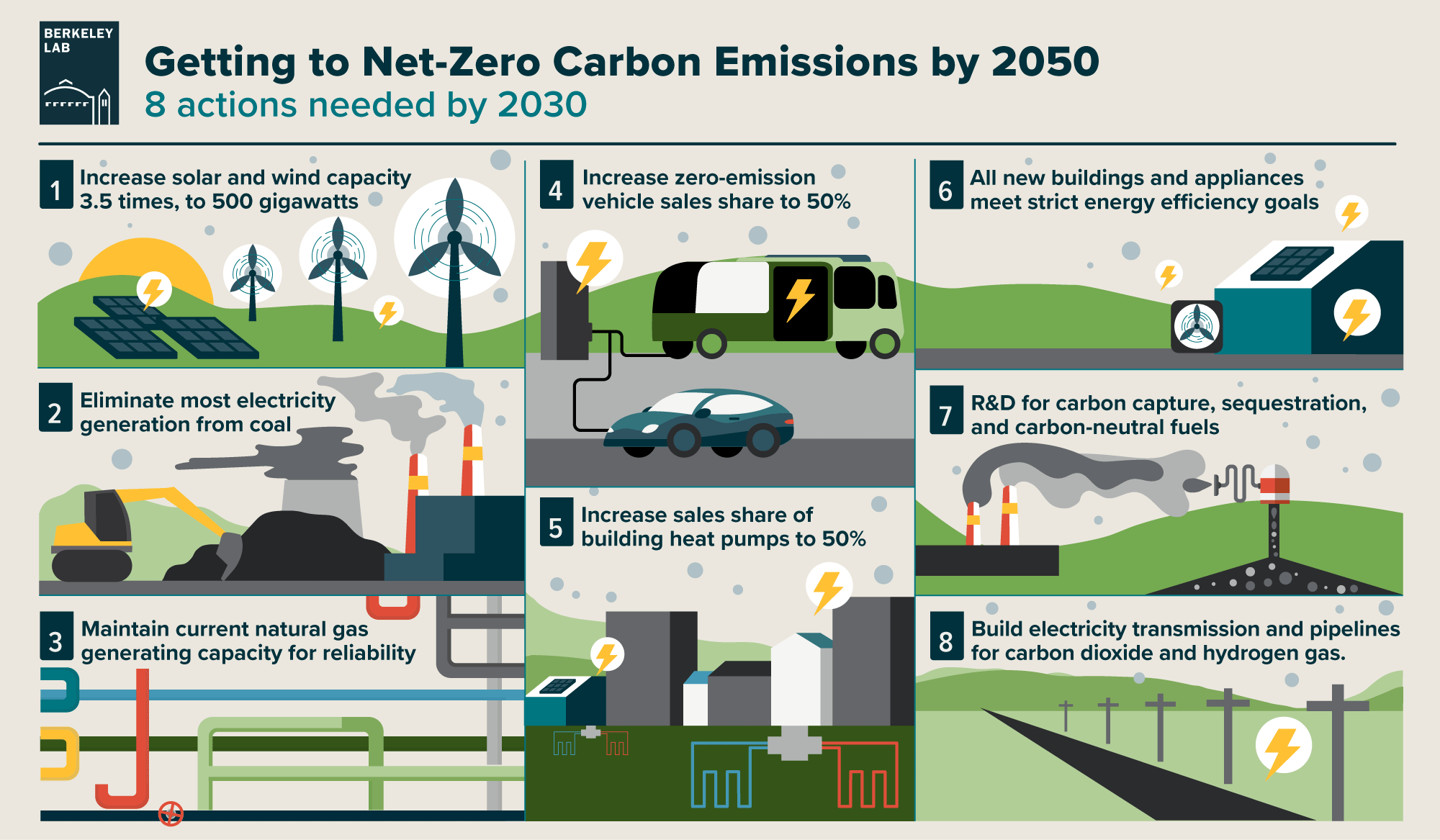US Clean Energy Initiatives: A Path Towards a Sustainable Future
It is a privilege to walk through the details of the thought-stimulating topic of US Clean Energy Initiatives: A Path Towards a Sustainable Future. Let’s unravel key details and provide the readers with innovative ideas.
Video about US Clean Energy Initiatives: A Path Towards a Sustainable Future
US Clean Energy Initiatives: A Path Towards a Sustainable Future

As the world grapples with the challenges of climate change, environmental degradation, and energy security, the United States has been at the forefront of the clean energy revolution. The US government has launched a series of initiatives aimed at promoting the development and deployment of clean energy technologies, reducing greenhouse gas emissions, and fostering a sustainable future. This article will provide an overview of the US clean energy initiatives, their goals, and the impact they have on the environment, economy, and society.
Historical Context: The Emergence of Clean Energy Initiatives
The clean energy movement in the US gained momentum in the early 2000s, as climate change awareness increased and the country’s dependence on fossil fuels became a pressing concern. In 2005, the Energy Policy Act was passed, which included provisions for the development of renewable energy sources and energy efficiency measures. The American Recovery and Reinvestment Act (ARRA) of 2009 further accelerated the growth of clean energy initiatives by providing billions of dollars in funding for renewable energy projects and energy efficiency programs.
Current Initiatives: A Comprehensive Approach to Clean Energy
Today, the US has a comprehensive portfolio of clean energy initiatives, spanning multiple sectors and stakeholders. Some of the key initiatives include:
- The Clean Power Plan: Introduced in 2015, the Clean Power Plan is a federal regulation aimed at reducing carbon pollution from power plants. The plan sets state-by-state targets for reducing greenhouse gas emissions and encourages the development of renewable energy sources, energy efficiency measures, and natural gas power plants.
- The Production Tax Credit (PTC): The PTC is a tax credit for renewable energy producers, which provides a per-kilowatt-hour tax credit for electricity generated from wind, solar, and other eligible energy sources. The PTC has been instrumental in driving the growth of the wind industry in the US.
- The Solar Investment Tax Credit (ITC): The ITC is a tax credit for solar energy systems, which provides a 30% tax credit for solar panel installations. The ITC has helped to stimulate the growth of the solar industry, making it more affordable for individuals and businesses to install solar energy systems.
- The Energy Efficiency and Renewable Energy (EERE) Office: The EERE office, part of the Department of Energy, is responsible for promoting the development and deployment of clean energy technologies. The office provides funding and technical support for research and development projects, as well as deployment and commercialization of clean energy technologies.
- The Renewable Fuel Standard (RFS): The RFS is a federal regulation that requires transportation fuels to contain a minimum percentage of renewable fuels, such as ethanol and biodiesel. The RFS has helped to promote the growth of the biofuels industry and reduce dependence on fossil fuels.
State and Local Initiatives: A Groundswell of Support
While federal initiatives have been instrumental in driving the growth of the clean energy sector, state and local governments have also been actively involved in promoting clean energy development. Some notable examples include:
- California’s Renewable Portfolio Standard (RPS): California’s RPS is a state regulation that requires utilities to generate at least 60% of their electricity from renewable energy sources by 2030.
- New York’s Clean Energy Standard (CES): New York’s CES is a state regulation that requires utilities to generate at least 50% of their electricity from renewable energy sources by 2030.
- City-led initiatives: Cities across the US, such as San Francisco, Los Angeles, and New York City, have set ambitious clean energy goals, including targets for renewable energy deployment and energy efficiency measures.
Impact of Clean Energy Initiatives: Environmental, Economic, and Social Benefits
The impact of US clean energy initiatives has been multifaceted, with environmental, economic, and social benefits. Some of the notable benefits include:
- Reduced greenhouse gas emissions: Clean energy initiatives have contributed to a decline in greenhouse gas emissions from the power sector, with a 25% reduction in emissions since 2005.
- Job creation and economic growth: The clean energy industry has created hundreds of thousands of jobs across the US, from installation and manufacturing to research and development. The industry has also generated billions of dollars in economic activity.
- Improved air quality: Clean energy initiatives have reduced air pollution from fossil fuels, improving public health and quality of life.
- Enhanced energy security: Clean energy initiatives have promoted the development of domestic energy sources, reducing dependence on imported fuels and improving energy security.
Challenges and Opportunities: Overcoming Barriers and Leveraging Innovations
Despite the progress made in the US clean energy sector, several challenges remain. Some of the key challenges include:
Closure
We trust this article has given you meaningful insights into US Clean Energy Initiatives: A Path Towards a Sustainable Future. We sincerely appreciate your interest in our article. Until our next article!.